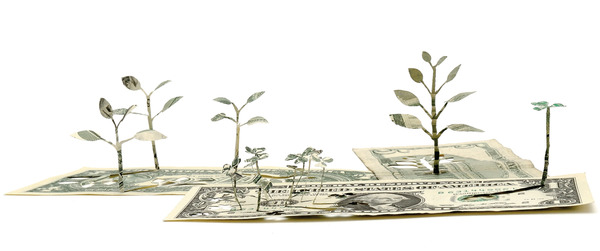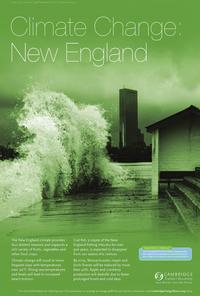In a previous post on this blog, I introduced the energy efficiency “Apathy Gap”. This follow-up describes the major roadblocks that stand in the way of bridging this gap.
Roadblocks on the Bridge
We need to bridge the Apathy Gap and we should start by clearing the major roadblocks: the reality that energy efficiency is not a social norm and the perception of energy efficiency as a “Big Brother” utility-backed priority. There are others, but these are particularly bad because they are fundamental obstacles to consumer recognition and internalization of energy efficiency priorities and because they can be broken down with the cost-effective digital media and social marketing strategies.
Energy efficiency is NOT a social norm
Consumers make decisions that align with social norms while home energy consumption largely exists in a vacuum. We don’t behave as if home energy is a scarce resource today because it has been delivered “cheap, reliable and plentiful” to us for generations. Obviously this needs to change if we are going to become a more energy efficient society.
Interestingly, academic research shows, and social marketing experience validates, that the most effective way to get consumers to change their behavior is to demonstrate that others like them already have. There are many ways to do this (see the “Big Brother” point below), but the most effective enable consumers to tell their own stories of becoming energy efficient on a real-time ongoing basis, ideally to a target audience that closely identifies with them, such as friends or self-selected peers, and already emulates them in other ways.
OPower (formerly Positive Energy) has taken another approach by analyzing utility company data and adding messaging to utility bills that compares customers to efficient neighbors. The company also gently prods customers to make no- and low-cost behavioral modifications to conform. The approach essentially transforms the utility bill into a teacher’s report card and well-meaning nudge, but I wonder how effectively it motivates consumers to deepen their commitment to energy efficiency, like by investing thousands of dollars in home performance renovations.
Perception of energy efficiency as a “Big Brother” utility-backed priority
In human communications, who is saying something is usually far more important than what is being said. Unfortunately, utility company brands are typically faceless, boring, and irrelevant. Decades of television advertising and direct mail campaigns in some states have trained those consumers to associate energy efficiency with utility companies. Consequently, consumers process conventional energy efficiency outreach as “the boring old utility company bugging me again.”
Instead of focusing on transforming their brands at this time of unprecedented concern over privacy and the environment, utility companies are taking on major reputation risks by treating their customers’ energy consumption data like it is proprietary, by pressuring their customers to conform to proprietary standards and by considering default control of in-home appliances and HVAC systems via smart grid technology.
All these strategies expose the already lackluster brands of most utility companies to significant reputational risk, principally in the form of customer backlash. Look no further than PG&E’s PR fiasco with its Bakersfield smart meter rollout. Utility companies need to learn to navigate today’s hyper-connected community networks if they aim to convince consumers to embrace smart meters and energy efficiency.
Alex Patriquin is a marketer, entrepreneur and energy efficiency advocate. Prior to founding his latest company, he worked for Compete.com, a digital marketing intelligence platform, as a market researcher for leading search and online media companies. His work at Compete was widely cited in media publications like the New York Times, Wall Street Journal and Wired.
Alex lives in Cambridge. He also blogs at DigitalVerdure, and can be found on Twitter.
 Looking past the exciting technical, legislative and community advancements made to address climate change over the last few years, lies the reality of whether we as a society will make the necessary changes in energy use, lifestyle choices and investment decisions in time to avoid the most catastrophic global warming scenarios.
Looking past the exciting technical, legislative and community advancements made to address climate change over the last few years, lies the reality of whether we as a society will make the necessary changes in energy use, lifestyle choices and investment decisions in time to avoid the most catastrophic global warming scenarios.









 Massachusetts’ citizens will be gathering together tonight in solidarity with the citizens of those nations that will be first to face the impacts of climate change. The candlelight vigil is part of
Massachusetts’ citizens will be gathering together tonight in solidarity with the citizens of those nations that will be first to face the impacts of climate change. The candlelight vigil is part of  The New York times had an interesting op-ed last Monday by Paul Krugman,
The New York times had an interesting op-ed last Monday by Paul Krugman,